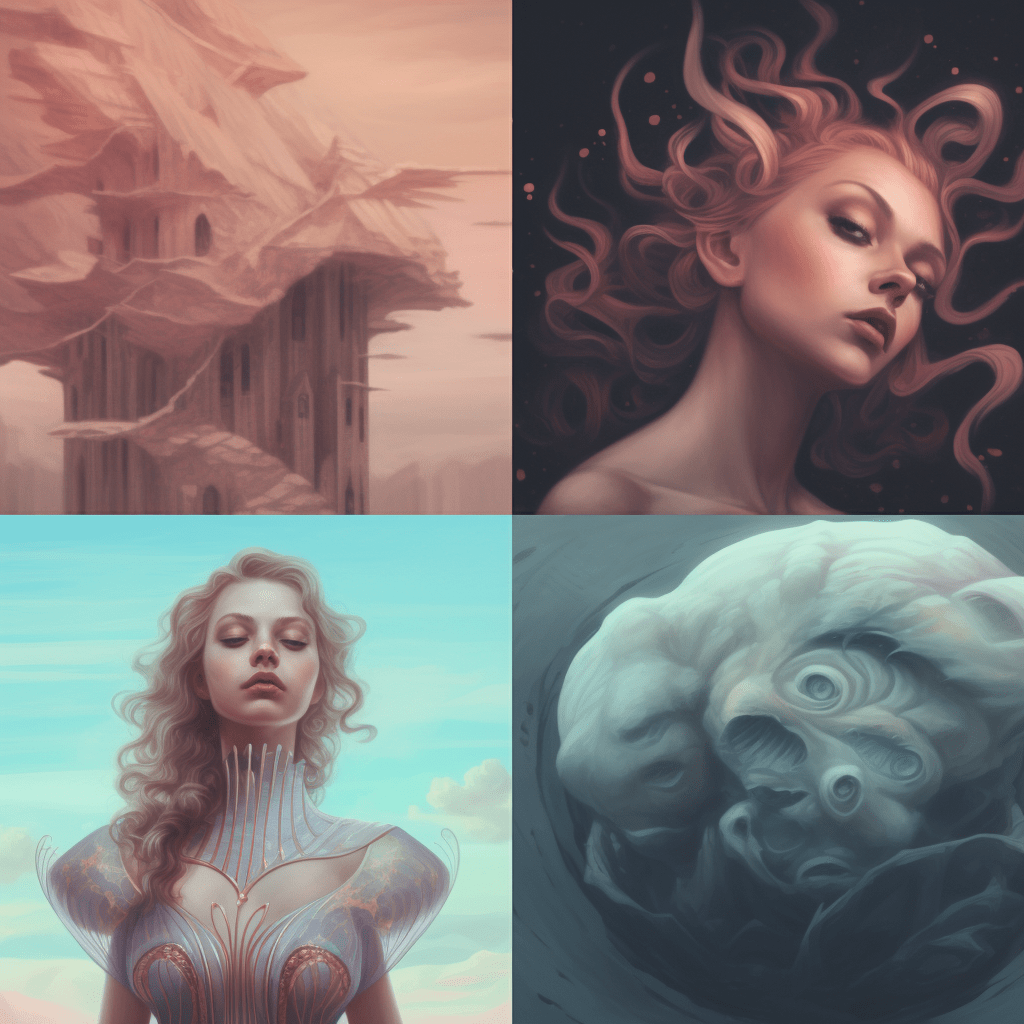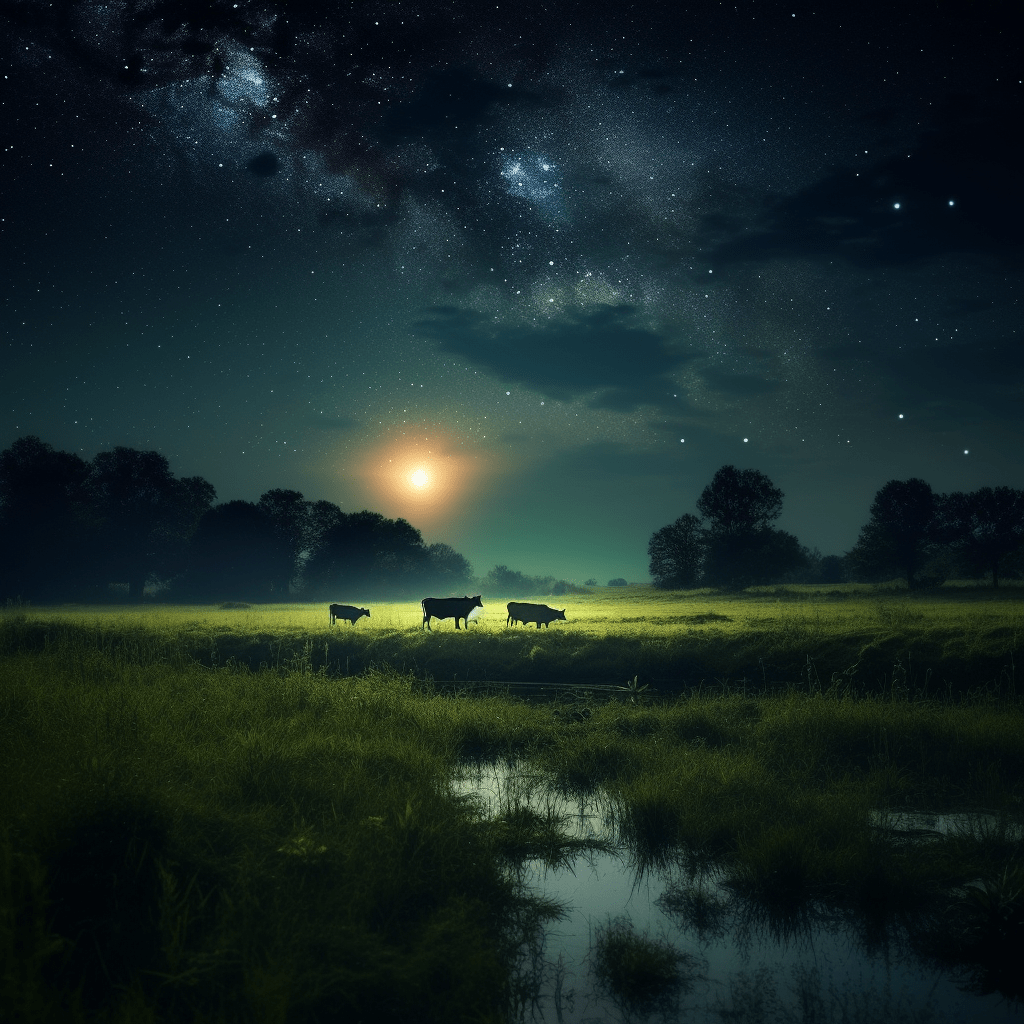The world of NFTs, or non-fungible tokens, has exploded in popularity over the past few years, creating a dynamic new market for digital assets on the blockchain. Among the many tools emerging in this space, random NFT generators have become a popular choice for artists and creators looking to create unique, diverse collections. For beginners looking to dive into this exciting world, here’s a step-by-step guide on how to generate NFTs with a random NFT generator.
Understanding Random NFT Generators

Before diving into the how-to, it’s important to understand what random NFT generators are and how they work. In essence, these tools leverage algorithms to create unique digital assets, such as artwork, characters, or even entire virtual worlds. They work by combining a base set of elements in random configurations, ensuring that each NFT generated is one-of-a-kind.
Setting Up Your Digital Wallet
Before you can start generating NFTs, you’ll need to set up a digital wallet that supports cryptocurrency transactions. This is because NFTs exist on the blockchain, which is a decentralized network that uses cryptocurrencies like Ethereum for transactions.
There are several digital wallet options available, such as MetaMask, Trust Wallet, and Coinbase Wallet, among others. When choosing a wallet, look for one that is compatible with the Ethereum network (as most NFT transactions occur on this blockchain) and that has a user-friendly interface for beginners.
Once you’ve set up your digital wallet, you’ll need to purchase some Ethereum (ETH) to use for transaction fees. These fees, known as “gas” fees, are necessary for executing transactions on the Ethereum network.
Choosing the Right Random NFT Generator
There are several random NFT generators available on the market, each with their own set of features and capabilities. Some, like Art Blocks, focus on generative art and allow artists to create unique pieces by manipulating various elements within a defined algorithm. Others, like Loot for Adventurers, generate unique combinations of text-based items that can be used in games or other digital experiences.
When selecting a random NFT generator, consider what kind of NFTs you want to create. If you’re an artist looking to create unique pieces of art, choose a generator that allows you to manipulate artistic elements. If you’re more interested in creating gaming assets or other functional NFTs, look for a generator that offers these capabilities.
Creating Your First NFT

Once you’ve chosen a random NFT generator and set up your digital wallet, you’re ready to start creating your first NFT. Here’s a general step-by-step process on how to do this:
- Log into your random NFT generator with your digital wallet. Most generators will have a “Connect Wallet” button that you can click to link your wallet.
- Choose the base elements for your NFT. Depending on the generator you’re using, these could be different shapes, colors, characters, items, or other elements. Some generators may also allow you to upload your own elements.
- Set the parameters for randomness. Some generators allow you to specify how much randomness you want in your NFT. For example, you might choose to have the colors randomly selected but keep the shapes consistent.
- Generate your NFT. Once you’ve chosen your elements and set your parameters, click the “Generate” button. The generator will create a unique NFT based on your specifications.
Remember, creating NFTs can incur gas fees on the Ethereum network, so ensure you have enough ETH in your digital wallet before you start generating.
Navigating the NFT Marketplace
Creating your NFT is just the first step in your journey. Once you’ve generated your NFT, you’ll want to consider how to sell or trade it on the marketplace.
Choosing the Right Marketplace
There are many different NFT marketplaces available, each with their own set of features, communities, and fees. Some of the most popular include OpenSea, Rarible, and Foundation. When choosing a marketplace, consider factors such as user-friendliness, transaction fees, and the types of NFTs commonly traded there.
Listing Your NFT for Sale
Listing your NFT for sale involves setting a price, writing a description, and possibly uploading additional images or metadata. Be sure to accurately describe your NFT and highlight what makes it unique. The price you set can be fixed or flexible, depending on the marketplace you choose. Some marketplaces also allow for auction-style listings, where potential buyers can bid on your NFT.
Promoting Your NFT
Just like any product, promoting your NFT can help attract potential buyers. This can be done through social media, digital marketing, or within the NFT community itself. Participating in community discussions, collaborating with other artists, and showcasing your work in virtual galleries can all help increase visibility for your NFT.
Final Thoughts

Using a random NFT generator can be a fun and accessible way for beginners to enter the world of NFTs. By understanding the basics of digital wallets, blockchain transactions, and NFT marketplaces, anyone can start creating and selling unique digital assets. Remember, while the process can be exciting, it’s also important to consider the environmental impact and financial risks associated with NFTs and to navigate this space responsibly.